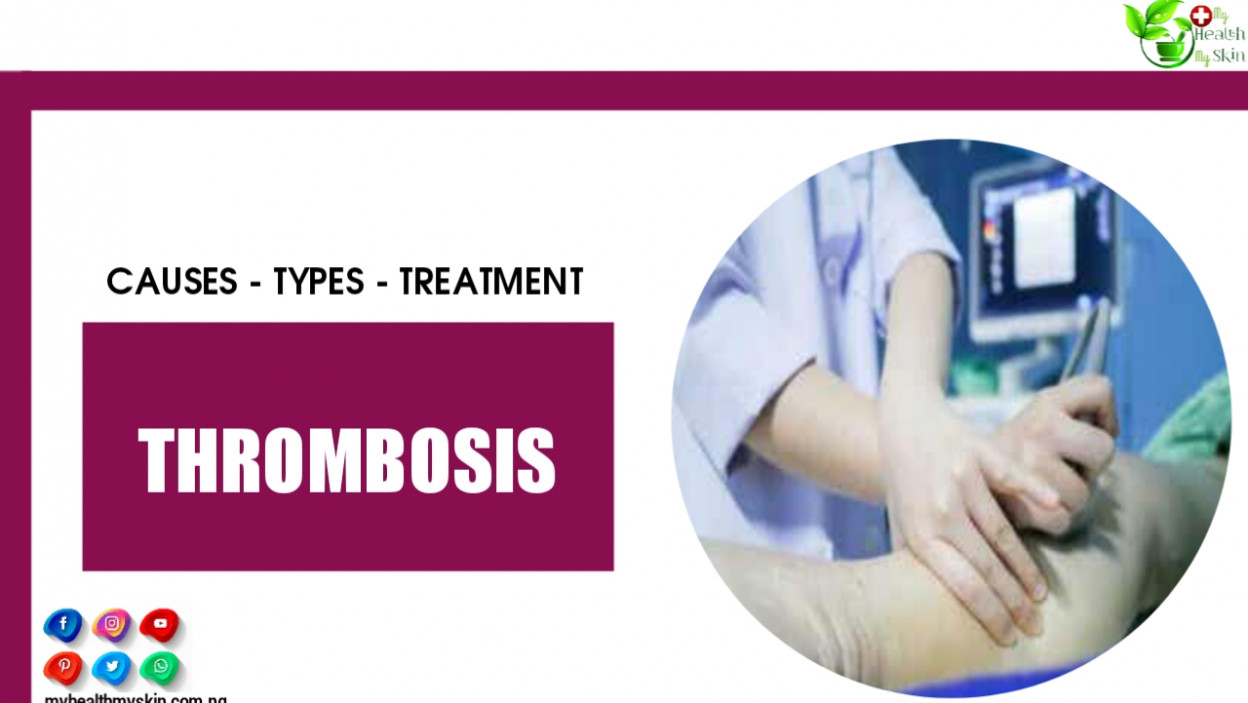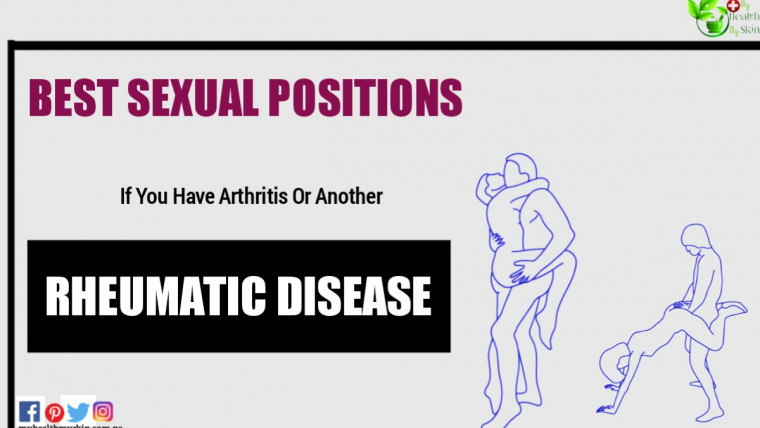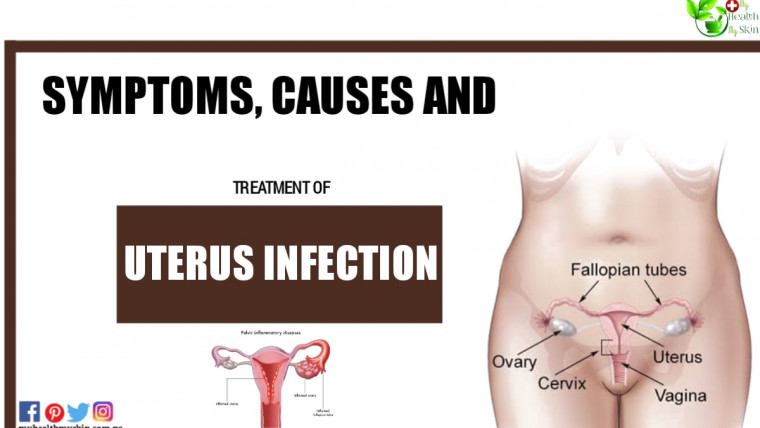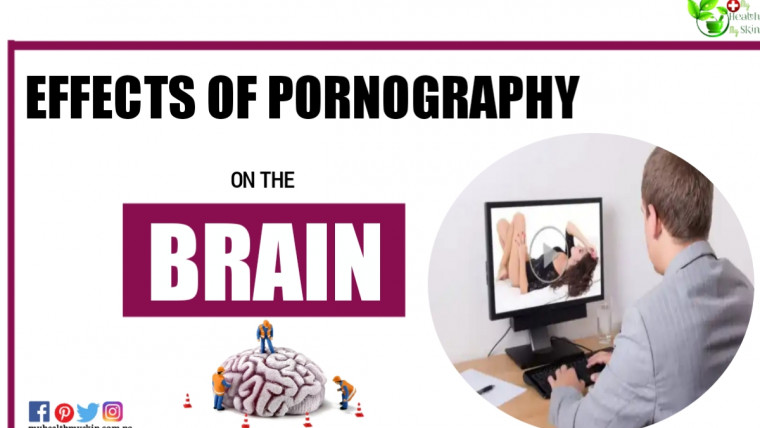Thrombosis is blockage in blood vessels caused by blood clots. Here, you will find the main types, causes and treatment for thrombosis.
The formation of blood clots (or thrombi) is an important mechanism to prevent excessive blood loss.
Thus, when suffering a cut or injury, the blood forms blood clots to prevent excessive bleeding. In most cases, they are temporary and helpful in reducing or stopping bleeding.
By the way, to know if your blood is clotting in a healthy way, it is worth doing a complete coagulogram.
In thrombosis, the clot blocks blood flow in the veins and arteries for a long time and thus impairs health. Another type of blockage that is dangerous to health is that seen in cases of fat embolism.
In order to avoid thrombosis and its complications, the causes and treatment are listed below. available.
Types

There are several types of thrombosis, but the main ones are:
Venous Thrombosis
A vein that carries blood back to the heart is blocked. There is also deep vein thrombosis in which blood clot is formed in the femoral vein of the leg.
Arterial Thrombosis
The blockage happens in the artery that carries blood from the heart to the rest of the body.
Other Types

- Pulmonary thrombosis: the blood clot affects the lungs;
- Cerebral thrombosis: the clot travels to the brain.
There are still other examples such as thrombosis that affects the arms, abdomen, heart, etc.
Causes
There are many possible causes and risk factors for thrombosis.
First, for venous thrombosis, the causes can be:
- Bone fracture;
- Obesity;
- Physical immobility;
- Illness or injury to the leg veins;
- Hereditary disorders;
- Autoimmune disorders that increase the risk of clotting;
- Use of drugs that increase clotting, such as birth control pills.
On the other hand, the main cause of an arterial thrombosis is hardening of the arteries (or arteriosclerosis) – which increases the risk of a blood clot forming there.
As an example, complications that can arise include a heart attack or a stroke.
Risk Factors
Although most are the same, some risk factors vary depending on the type of thrombosis. In venous thrombosis, risk factors can be:
- Personal or family history of deep vein thrombosis;
- Pregnancy;
- Absence of movement after recovery from injury, illness, surgery or during a long journey
- Age;
- smoking;
- Vein injuries caused by surgery, broken bones or trauma;
- Catheter use;
- Inherited blood clotting disorders;
- Obesity;
- Diseases such as cancer, lung disease, Crohn’s disease or heart disease.
In addition, people with the following conditions or characteristics may have an increased risk of developing arterial thrombosis:
- Smoking;
- Diabetes;
- Hypertension and high cholesterol;
- Physical inactivity and obesity;
- Nutrient-poor diet;
- Age;
- Family history of arterial thrombosis;
- Prolonged lack of movement.
What is Embolism?
An embolism is a piece of a thrombus that splits from it, and moves further through the
the bloodstream directly to the human brain or other organ, emboli move in the bloodstream until they reach a narrowing in an artery through the which they cannot pass.
When trapped, they significantly reduce blood flow to and adjacent tissues of the human body, which makes these tissues ischemic, that is, causing a state when oxygen and glucose are insufficient to
meet metabolic demand.
Thrombosis Vs Embolism
What is the difference between Thrombosis
And Embolism?
When a blood clot forms in a blood vessel, it is a thrombosis. If, on the other hand, the clot travels further into the body, it is an embolism. The term thromboembolus
is often used in medicine because most embolisms arise from thrombosis.
Some thromboses never become embolisms, but they are as dangerous to the human body as embolisms, and need to be treated medically.
Most embolisms are thromboses, although in some cases, pieces of plaque, fat, air bubbles, and other material form in an embolism. All of these also qualify as embolisms.
Treatment

The treatment of thrombosis depends on several factors. Medical staff should consider:
- Age, general health and medical history of the patient;
- Whether there are any illnesses or health complications being treated at the same time;
- Use of medicines;
- If there is a risk of worsening.
Soon after the clinical analysis, the doctor will decide the best therapeutic approach that can be with the use of:
- Anticoagulants to thin the blood such as heparin and warfarin, for example;
- Medicines to dissolve blood clots such as altplase, streptokinase and tenecteplase;
- Medicines that thin the blood like aspirin;
- Catheters inserted to widen affected blood vessels and ensure adequate blood flow.
- A stent or stent (expandable tube) that keeps the blood vessel open and prevents it from closing.
In fact, some people believe that taking aspirin helps prevent heart problems such as a heart attack. See if aspirin can prevent a heart attack and if its use during the incident is of any benefit.
Also, in more severe cases, surgery to remove a blood clot may be necessary.
Complementary Treatment
Finally, in addition to using the medication, the doctor is likely to advise you to:
Wear Compression Stockings
Socks that compress the legs help prevent swelling associated with thrombosis and also help with blood circulation.
Avoid Long Commutes
Flying by plane or traveling on long journeys by car or bus is contraindicated for those who suffer from thrombosis, as this can form new clots or cause complications.
You May Also Like:
- All About Tummy Tuck [Abdominoplasty] – The Complete Guide to Surgery That Can Eliminate Abdominal Flaccidity
- Liposuction Before And After: Lipo Results On The Belly, Back, Flanks And Culottes For You To Be Inspired!
Practice Physical Exercises
Moving and doing physical activities such as walking and light jogging is essential to improve blood circulation and prevent blood clots from forming.
Elevate Your Legs Or Arms
Depending on where your clot is located, your doctor may suggest that you take a few moments of your day to keep your limb elevated so the blood can circulate better.
Warning Signs
Finally, it is essential to be aware of emergency symptoms of thrombosis, such as:
- Sudden shortness of breath;
- Coughing up blood;
- chest pressure;
- Accelerated heartbeat;
- Difficulty breathing;
- Difficulty seeing or speaking.
In addition, it is important to know your risk factors, follow healthier daily habits and perform routine exams.
If you want to read more articles similar to Thrombosis – Causes, Types And Treatment? We recommend you visit our Physical & Mental Health category. Share on your social networks and stay tuned for upcoming articles.
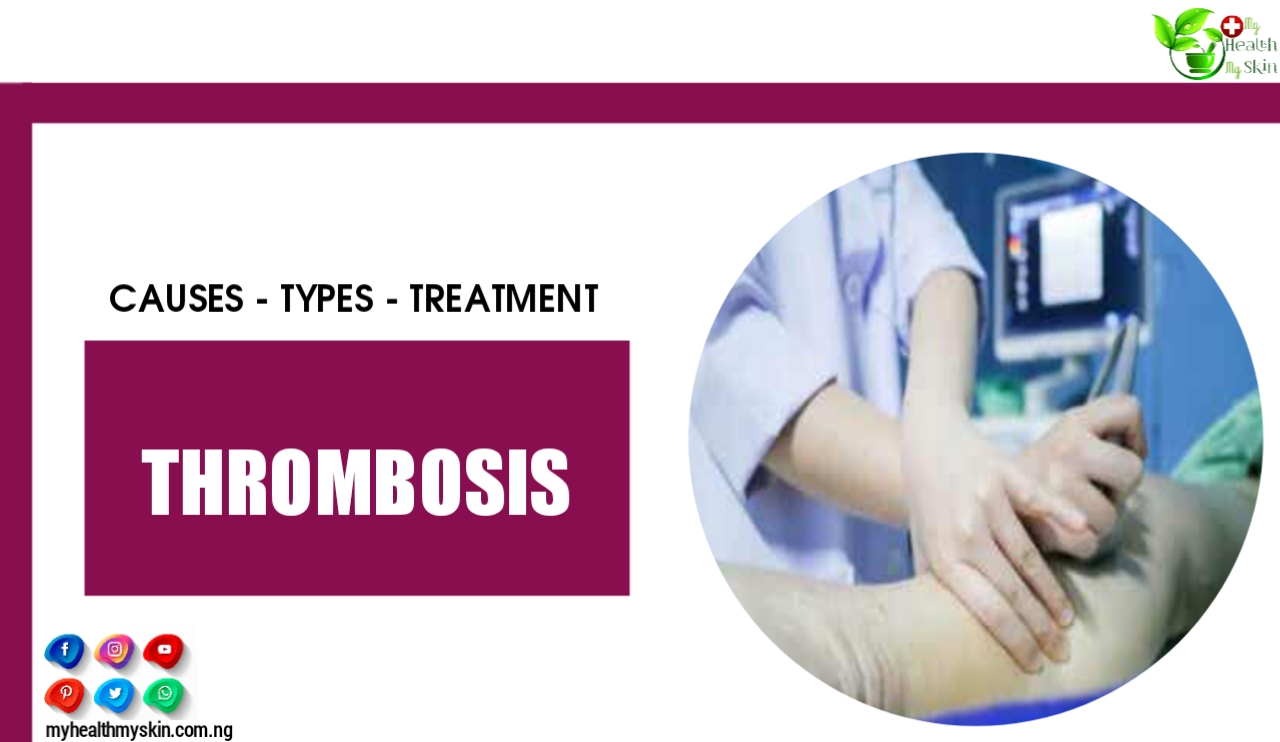
Have You Ever Had A Problem With Blood Clots? Comment Below!

